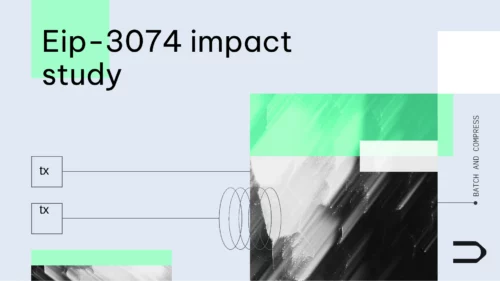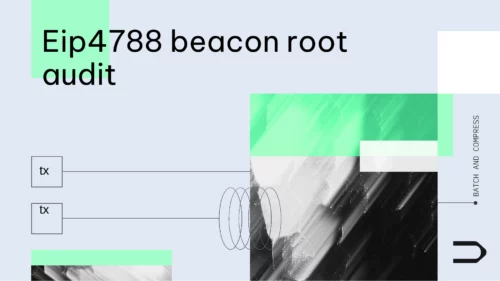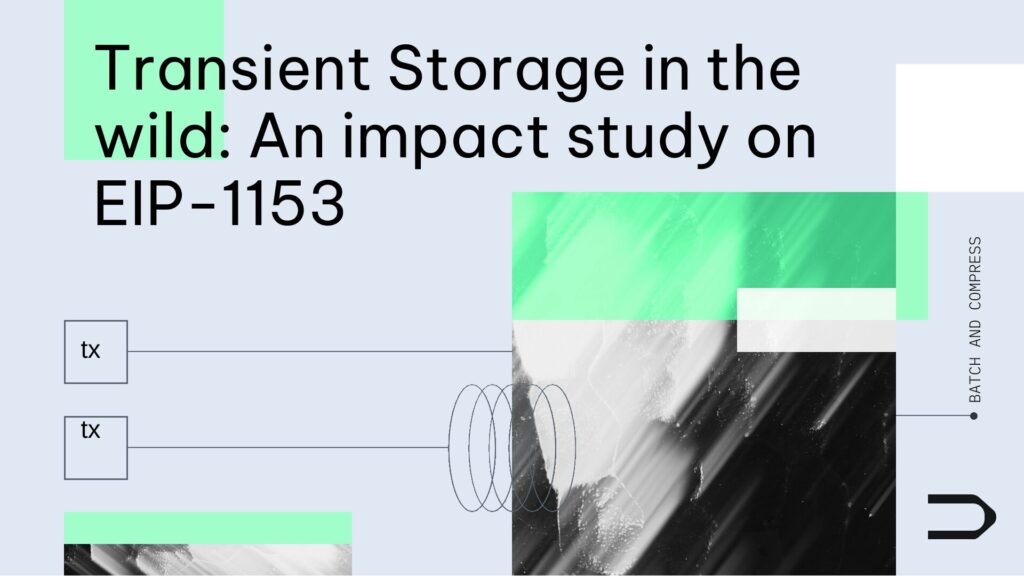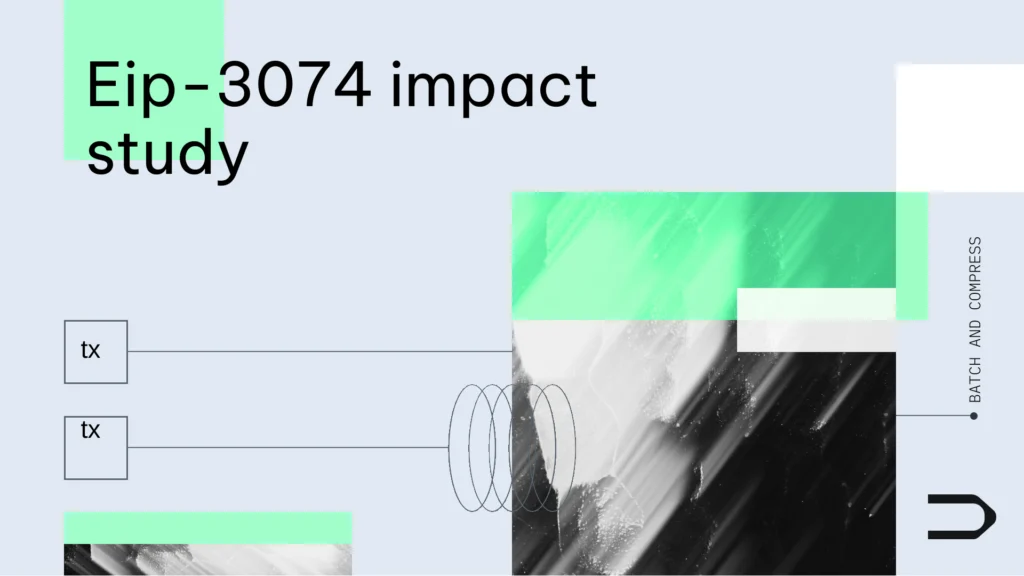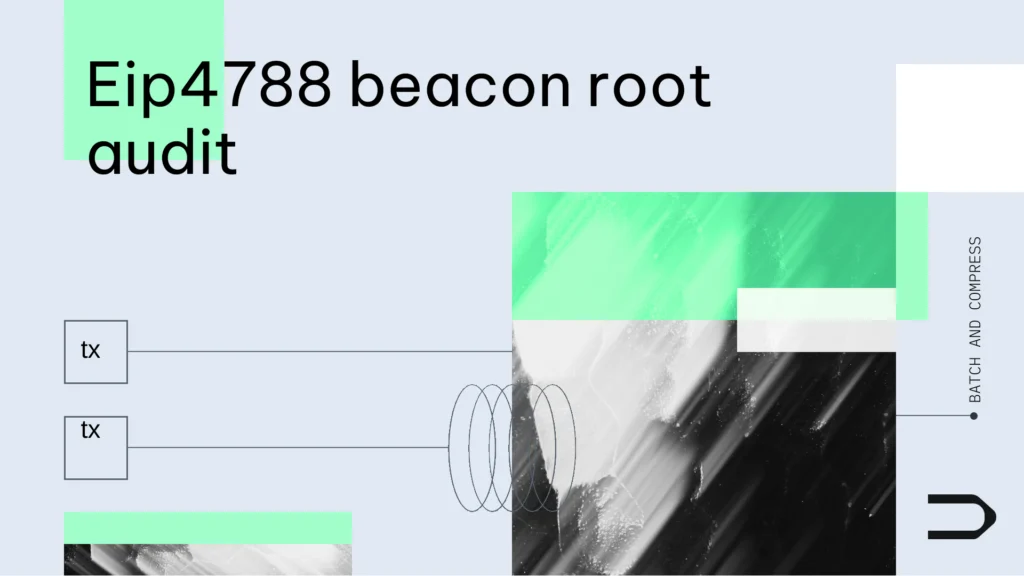ERC 20 on Ethereum: Growth Risks and Hidden Traps in 2025

Trends
New ERC-20 token creation on Ethereum YTD has increased by ~15% vs. 2024 (same period). At the same time, ERC-20 transfers on Ethereum YTD are up ~36% vs. 2024 (same period), with over 660M transfers expected by end-2025.
The data shows token creation is rising and trading is more aggressive. The full 2025 dataset isn’t available yet. Still, a 2024 research already showed the pattern clearly: “monthly counts of vanished crypto-tokens (no longer traded …) indicate the high crypto-tokens turnover level”. In other words, most tokens are short-lived—launched quickly, hyped briefly, then abandoned. New deployments come in waves, but many go inactive within months.
In 2025, rug pulls occur less often than before, but they’ve grown far more advanced. Fraudsters now blend aggressive AI-driven marketing with wash trading to manufacture trust before draining liquidity.
AI and Token Generators
AI tools for Solidity and token-generator web apps are likely behind the spike in ERC-20 creation. Launching a token is now trivial, lowering barriers and fueling growth, but also creating systemic risks.
This incentive misalignment allows scammers to mass-produce tokens with minor adjustments, testing until one bypasses automated scanners. Dormant functions let creators flip the switch—flooding supply, draining transfers with 100% taxes, or freezing liquidity to trap sellers.
Common Risks in New ERC-20 Tokens
My team is building Dedaub tok{In}, a token intelligence tool, and I scan via its API 100 ERC-20 tokens deployed on Ethereum over the past 24 hours, identifying common risks and highlighting areas where traders should focus. Among 100 new ERC-20 tokens, nearly 16% included tax functionality. While some projects use small fixed taxes legitimately, scammers exploit this by coding hidden or extreme fees. Supply manipulation risk is relatively high, with over 60% of tokens presenting functionalities that can inflate or erase supply at will. Honeypot mechanics seem less popular with trading caps appearing in just 3% of tokens. You can access the full report here.
Transfer Restrictions
Around 8% of tokens used blacklist/whitelist functions, blocking trading for most users and letting only insiders move funds. Another 3% imposed trading caps, with a fraction (20%) even able to modify those caps after launch. These mechanics create conditions where outsiders buy in but cannot exit, often disguised as anti-bot or anti-whale protection.

Hidden Taxes and Fee Drains
26% of the tokens carried built-in tax functions, with 2% leaving those taxes modifiable after launch. Hidden fees often surface later, working against traders.

Supply Manipulation Risks
30% of contracts retained mint/burn functions, and 60% gave the owner broad control. A quarter still exposed the owner’s address, meaning creators could dilute supply or lock users out at will.

Conclusion
ERC-20 creation is still climbing, but most new launches remain fragile and risky. Automated generators and AI tools fuel growth while embedding hidden backdoors. Scams are less frequent but more severe. Pre-trade checks are essential in a market where many tokens carry hidden risks that can turn them into traps rather than tradeable assets.
Resources
“New ERC-20 tokens on Ethereum reached 185,745 from Jan 1 to Sep 3, 2025, compared to 160,807 in the same period of 2024”, Blockchair, https://blockchair.com/ethereum/charts/new-erc-20-tokens
Blockchair’s ERC-20 transfer chart shows: “446,604,802 transfers were recorded from Jan 1 to Sep 3, 2025, versus 328,512,000 in the same 2024 period”, Blockchair, https://blockchair.com/ethereum/charts/erc-20-transfers
“Figure 2A presents the monthly dynamics of crypto-token emergence… we examine the number of tokens that were traded for the last time in each month, serving as an approximation for the number of vanished tokens… Figure 2C presents the distribution of token lifespan (period between first and last trade, in days) and Figure 2B presents the distribution of the number of transactions performed with each token.” Scientific Data, https://www.nature.com/articles/s41597-025-05662-w
“ERC20 Token Generators have revolutionized the blockchain ecosystem, enabling anyone — from seasoned developers to entrepreneurs — to create tokens with minimal effort”, NONCEPT, https://medium.com/noncept/the-hidden-risks-of-erc20-token-generators-76d16dce59ab

